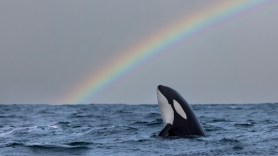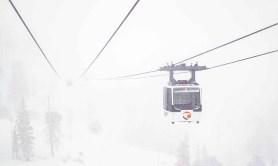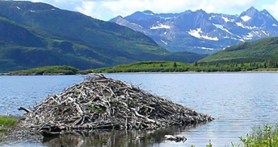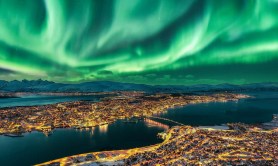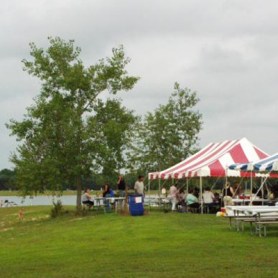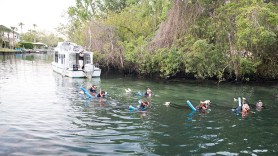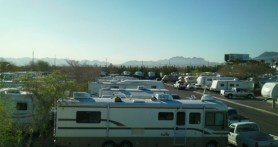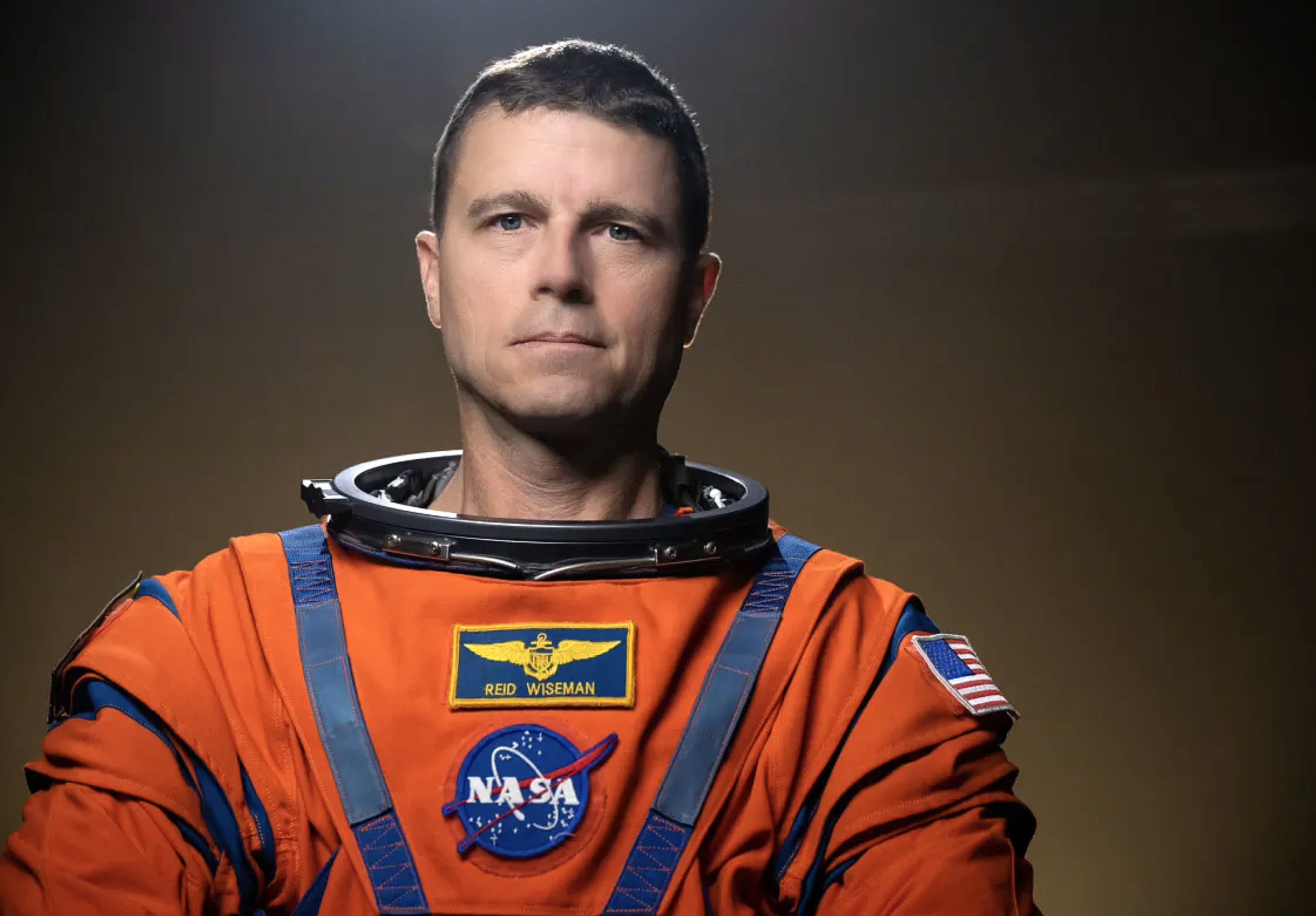

Reid Wiseman is an American astronaut, U.S. Navy Captain, and aviator who, in 2022, was selected by NASA to be commander of the forthcoming Artemis II mission. Wiseman will be leading a crew of three other astronauts—Victor Glover, Christina Koch, and Jeremy Hansen—on a 10-day shuttle ride around the moon. It’s a massive honor; this will be the first crewed mission for NASA’s Artemis era, which has an overall goal of “establishing a long-term presence at the Moon for science and exploration.” The Artemis II mission is currently scheduled to launch later this year.
Videos by Outdoors with Bear Grylls
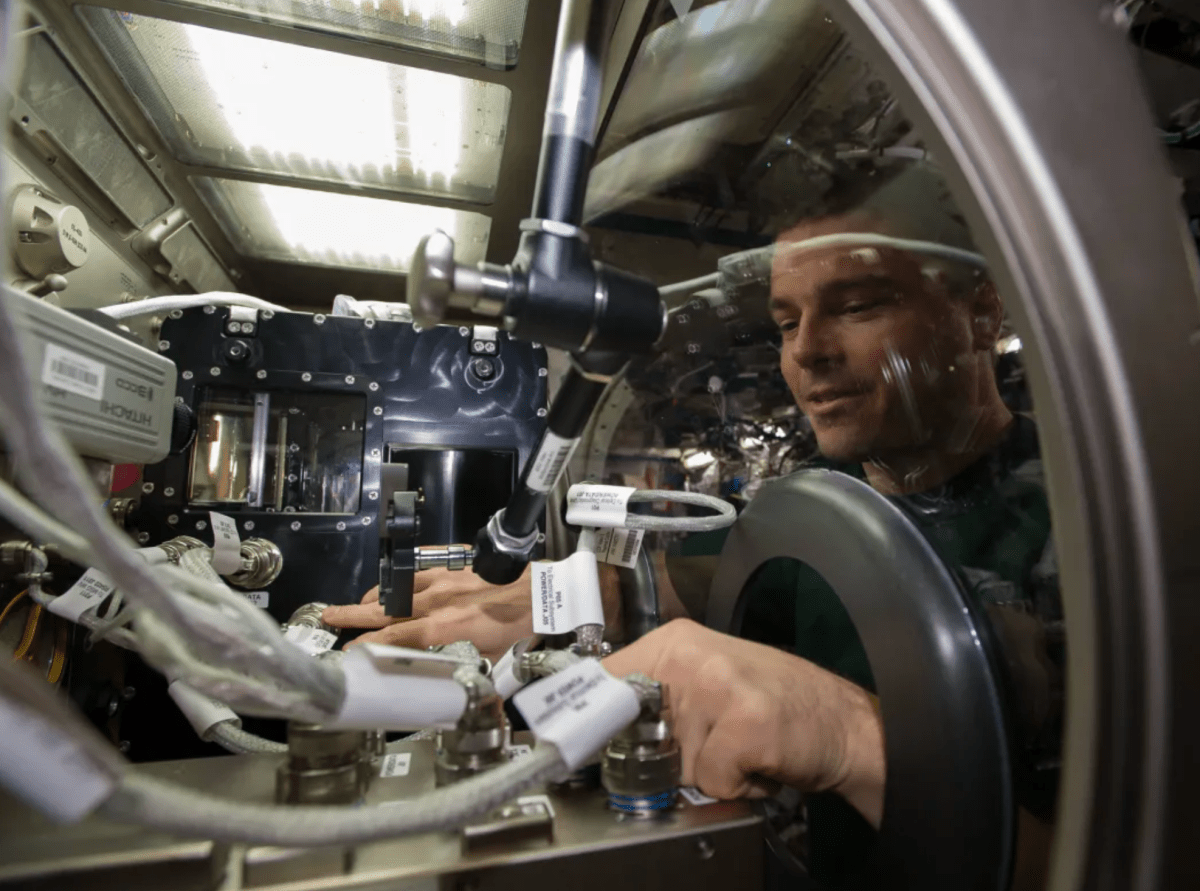
Wiseman is no stranger to space. Selected as an astronaut in 2009, he completed astronaut training in May 2011, and a few years later he spent 165 days orbiting the planet aboard the International Space Station.
He’s also no stranger to the outdoors. And here, in our new series “My Outdoors,” Wiseman shares some of his favorite memories of getting into nature—including how time in the wild helped refine his leadership skills and how his very unique perspective on the planet led to a new way of seeing the world (and planning adventures now that he’s back down on land).
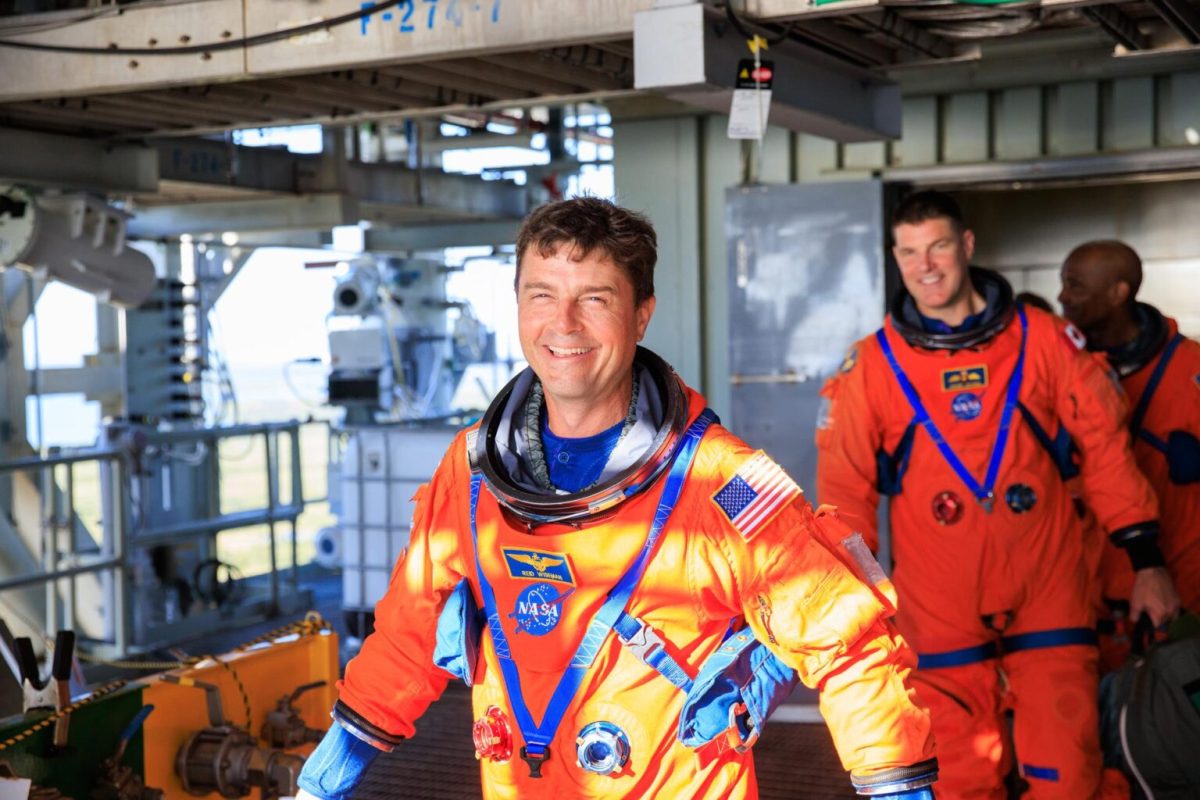
I grew up in Maryland. I’m a hiker. I love going out and just being one with nature, getting to the top of a mountain, seeing a great view. What I did not come in here as . . . was as a backpacker or camper. I was not a mountaineer. I had never climbed Everest. Lots of my friends have . . . that just was not something that I ever did.
The thing that [astronauts] all go out and do is outdoor leadership [training], through the National Outdoors Leadership School. We spent, my class, 11 days in the canyons out in Utah with very little water, packing in everything we had. What’s really fascinating about that is it puts everyone in a stressful situation. And then we do small team leadership as we’re going through the training. I got the most out of that to make me an effective astronaut. That was the key for me that was missing in my background, that made me understand these small team off-the-grid dynamics and how important every member of the team is. And little things like clicking your pen all day long after two weeks in a very tiny organization . . . that can just drive somebody else bonkers. Learning how to communicate all of that as you’re going through [an expedition] like that, for me, was a huge piece of the puzzle.
I spied this beach from space and I’m sitting here now . . . it blew my mind.
– Reid Wiseman
And then there was just the joy of being—like we never even slept in a tent for 11 days, we were just sleeping under the stars. We had two astronauts with us who had flown in space, and every night they would tell us a little story about some team dynamic or some difficult time they had in space. Getting to learn from these mentors and build bonds with them—it was the highlight. And then when I launched in 2014 to the space station, before we went, we did another Outdoors Leadership School, just as our crew [so] we could build those bonds as an internal unit. And it’s very effective.
I got to spend 165 days orbiting Planet Earth from the International Space Station. You don’t look down from there and see the whole planet. You see, maybe, from the Canadian border down to the Mexican border. You almost see the whole vertical distance of the United States . . . Maine down to Miami. We flew over the Bahamas one day, and the sun was directly overhead, and the water looked so incredible. I was taking pictures and there was this one key down there, and I was like, I have to go there at some point in my life. So when I came back, I got my family and we all went and visited that exact spot. So I’m sitting there, with a picture from the International Space Station that I had taken, and I’m like, oh my gosh, I spied this beach from space and I’m sitting here now. Like that to me . . . it blew my mind.
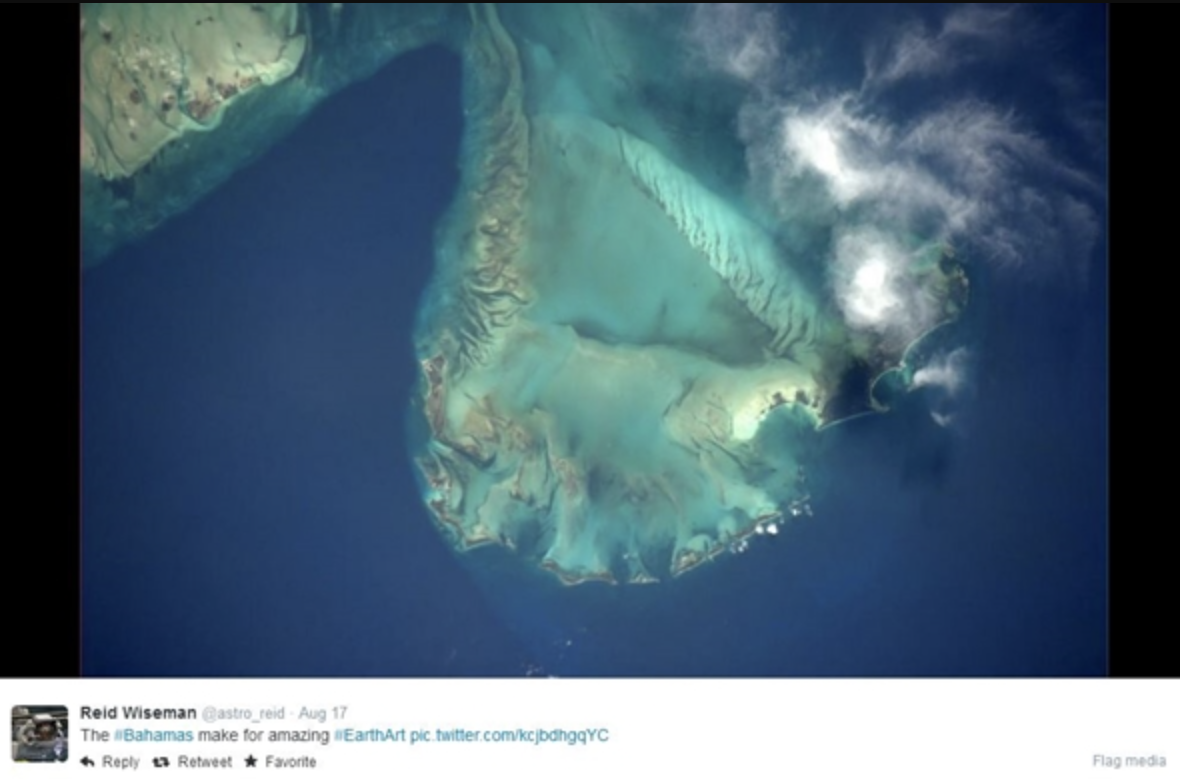
I literally want to go everywhere. I want to go see Mount Etna, which I got to see with the little glow of magma from the Space Station. I want to go see the way that Greek Islands all are fragmenting off of Europe. I just want to see everything. We were flying through the Northern Lights—and I’ve never seen that from Earth—but I was on the space station 250 miles up, like flying through those beautiful green colors. I want to go up to the north and see those from the land.

When you’re looking down at Earth, it is so gorgeous. When you’re up there with your own eyes looking through the window . . . my crew, we took over 300,000 pictures. Because every time you looked out the window, you just wanted to grab a camera and try to share that view. It’s amazing . . . Even things that are just tragic like huge fires, brush fires, they are just incredible from space. Watching the way that the jet stream takes all the smoke and the curls that come off of mountaintops and all of that is fascinating. You can see every dam as you’re flying around the planet; you can see the effects of humans.
And the whole thing is fascinating.


